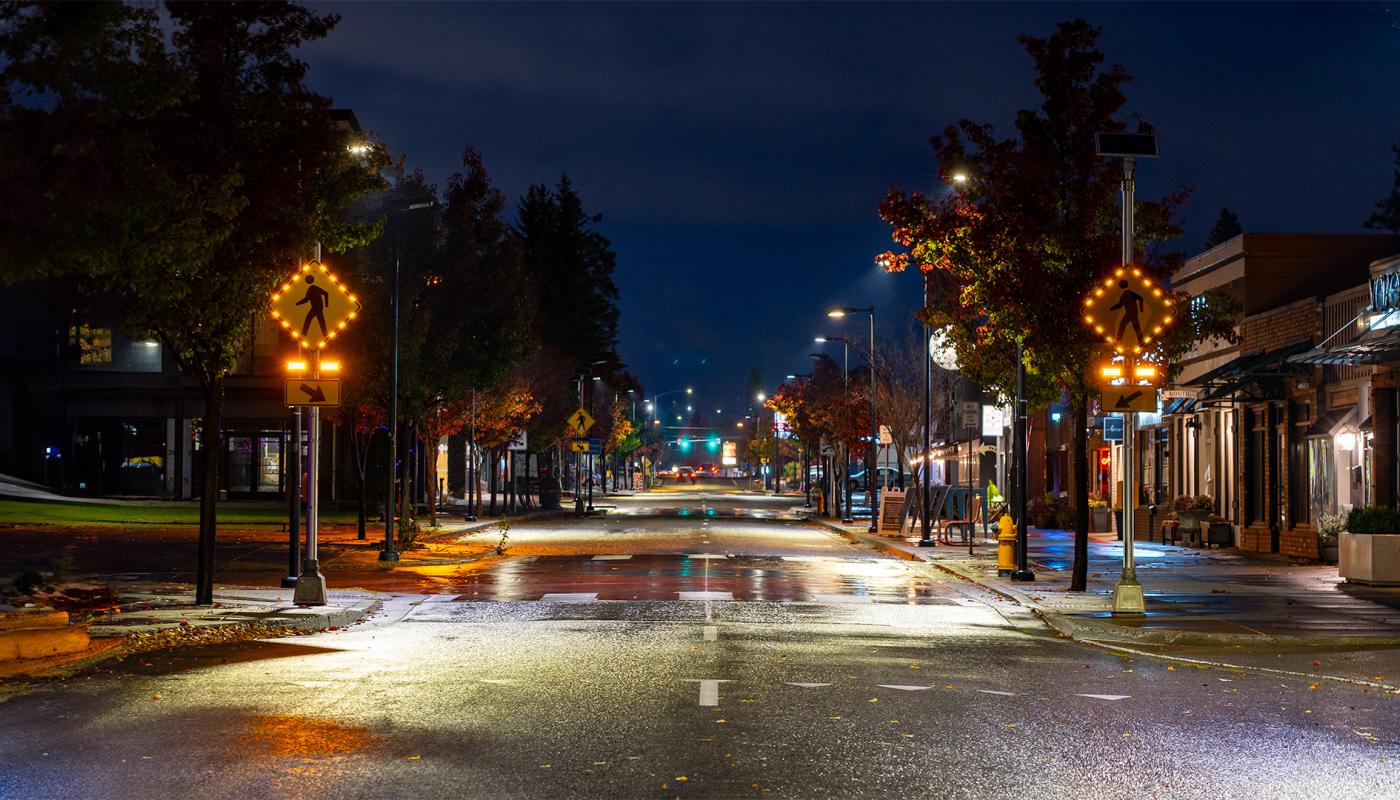Understanding Complete Streets
Complete Streets are designed to ensure safety and accessibility for all users, regardless of age, ability, or mode of transportation. The initiative promotes a holistic approach to street design, emphasizing:
- Safety: Reducing traffic fatalities and serious injuries for all road users.
- Connectivity: Creating a network that facilitates seamless travel for pedestrians, cyclists, and transit users.
- Equity: Ensuring that transportation investments benefit all communities, particularly underserved populations.
- Sustainability: Supporting low or zero-carbon transportation modes to address environmental concerns (Highways) (Highways).
Key Elements of Complete Streets
The implementation of Complete Streets involves several key elements:
- Infrastructure Improvements: Adding sidewalks, bike lanes, crosswalks, and transit stops.
- Traffic Calming Measures: Installing speed bumps, roundabouts, and narrowed lanes to reduce vehicle speeds.
- Safety Enhancements: Implementing Proven Safety Countermeasures (PSCs) such as Rectangular Rapid Flashing Beacons (RRFBs) and pedestrian hybrid beacons (Highways) (Highways).
Funding Opportunities for Complete Streets
To support the implementation of Complete Streets, various funding opportunities are available at the federal, state, and local levels. These funds can be used for planning, designing, constructing, and maintaining Complete Streets projects. Some notable funding sources include:
- Bipartisan Infrastructure Law (BIL): This legislation provides significant funding for transportation projects, including Complete Streets. States and localities can leverage these funds to implement safety improvements and develop equitable transportation networks.
- Safe Streets and Roads for All (SS4A): A grant program focused on reducing roadway fatalities and serious injuries through comprehensive safety actions.
- Federal-Aid Highway Program: Offers financial assistance for constructing and improving highways and supporting infrastructure, including Complete Streets projects (Highways) (Highways).
Case Studies: Successful Complete Streets Projects
Numerous communities across the United States have successfully implemented Complete Streets projects, resulting in safer, more connected, and equitable transportation networks. Some examples include:
- Salt Lake City, UT: The 300 West Street Reconstruction Project reduced vehicle lanes, added bike lanes, and improved pedestrian facilities, significantly enhancing safety and accessibility.
- Glenwood, MN: Improvements to MN 28, MN 29, and MN 104 included new sidewalks, bike lanes, and crosswalks, promoting safer and more efficient travel for all users.
- Keystone Heights, FL: The State Road 21 project introduced curb extensions, midblock crossings with flashing beacons, and enhanced school zone signage, improving pedestrian safety and connectivity (Highways).
TraffiCalm's Role in Complete Streets
At TraffiCalm, we are committed to supporting the Complete Streets initiative by providing innovative traffic safety solutions. Our range of MUTCD-compliant beacons and Rectangular Rapid Flashing Beacons are designed to enhance pedestrian and cyclist visibility, making roadways safer for all users. By leveraging available funding, communities can implement these critical safety measures and create more inclusive and accessible transportation networks.
Contact Us for more information.
Conclusion
The Complete Streets initiative represents a pivotal shift towards creating road networks that prioritize safety, connectivity, and equity. By embracing this approach and utilizing available funding opportunities, communities can transform their streets into safe, comfortable, and accessible spaces for everyone. TraffiCalm is proud to support this vision with our cutting-edge traffic safety solutions.
For more information on Complete Streets and funding opportunities, visit the FHWA Complete Streets webpage. Together, we can build safer and more equitable transportation networks for all.
